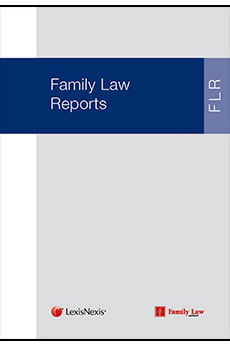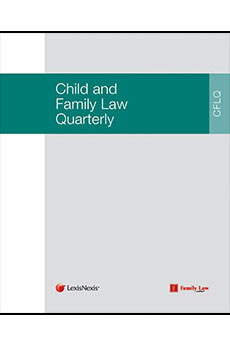- News & Comment
-
Online Shop
Online Services
Looseleafs
Law Reports
Books and eBooks
-
CPD & Events
Webinars
- Authors
- About Family Law
- Contact

Rachel Blakey, Cardiff University
Keywords: Mediation - LASPO - Regulation - Neutrality - Family - Justice
 The full version of this article will appear in Child and Family Law Quarterly, Vol 32, No 1.
The full version of this article will appear in Child and Family Law Quarterly, Vol 32, No 1.
Find out more or request a free 1-week trial of Child and Family Law Quarterly. Please quote: 100482.
In recent decades, family mediation has taken centre stage in policy concerning family dispute resolution. The knock-on effects of recent cuts to legal aid mean mediators are under rising pressure to introduce flexibility into their practices. However, mediators remain bound by orthodox approaches dating back to mediation’s introduction in the 1970s and 1980s, underpinned by the inflexible and sometimes unrealistic concept of absolute neutrality. As a result, it is crucial to explore whether mediator neutrality serves parties well in the modern family justice landscape and how mediators can adapt to this new climate.
Drawing on research exploring Codes of Practice in England and Wales, this article identifies a general misunderstanding around the role of family mediators as envisioned by their regulatory bodies. It establishes a continuum of mediator functions that demonstrates the different roles permitted in Codes of Practice. In particular, it is argued that mediators’ evaluative role is more prominent than is recognised in the orthodox concepts of mediation and that this reality must be regulated effectively. Ultimately, the findings presented in this article are a sign of hope for family mediation after LASPO and show that regulatory guidance has increasingly permitted flexibility since the 1980s.
This article has been accepted for publication in Child and Family Law Quarterly in Issue 1, Vol 32, Year 2020. The final published version of this article will be published and made publicly available here 24 months after its publication date, under a CC-BY-NC licence.






